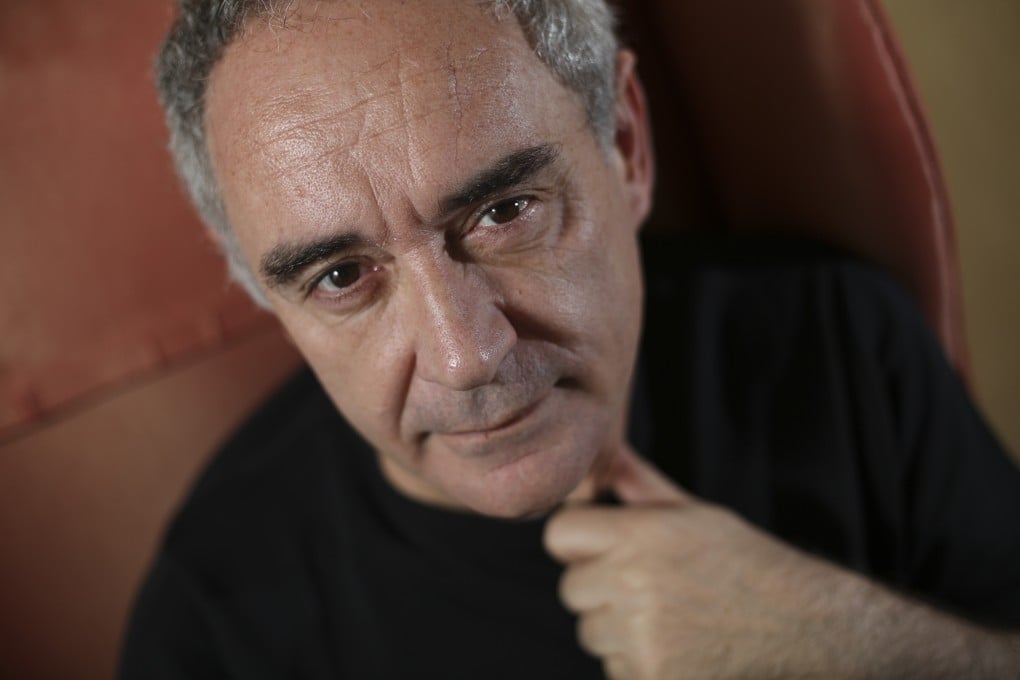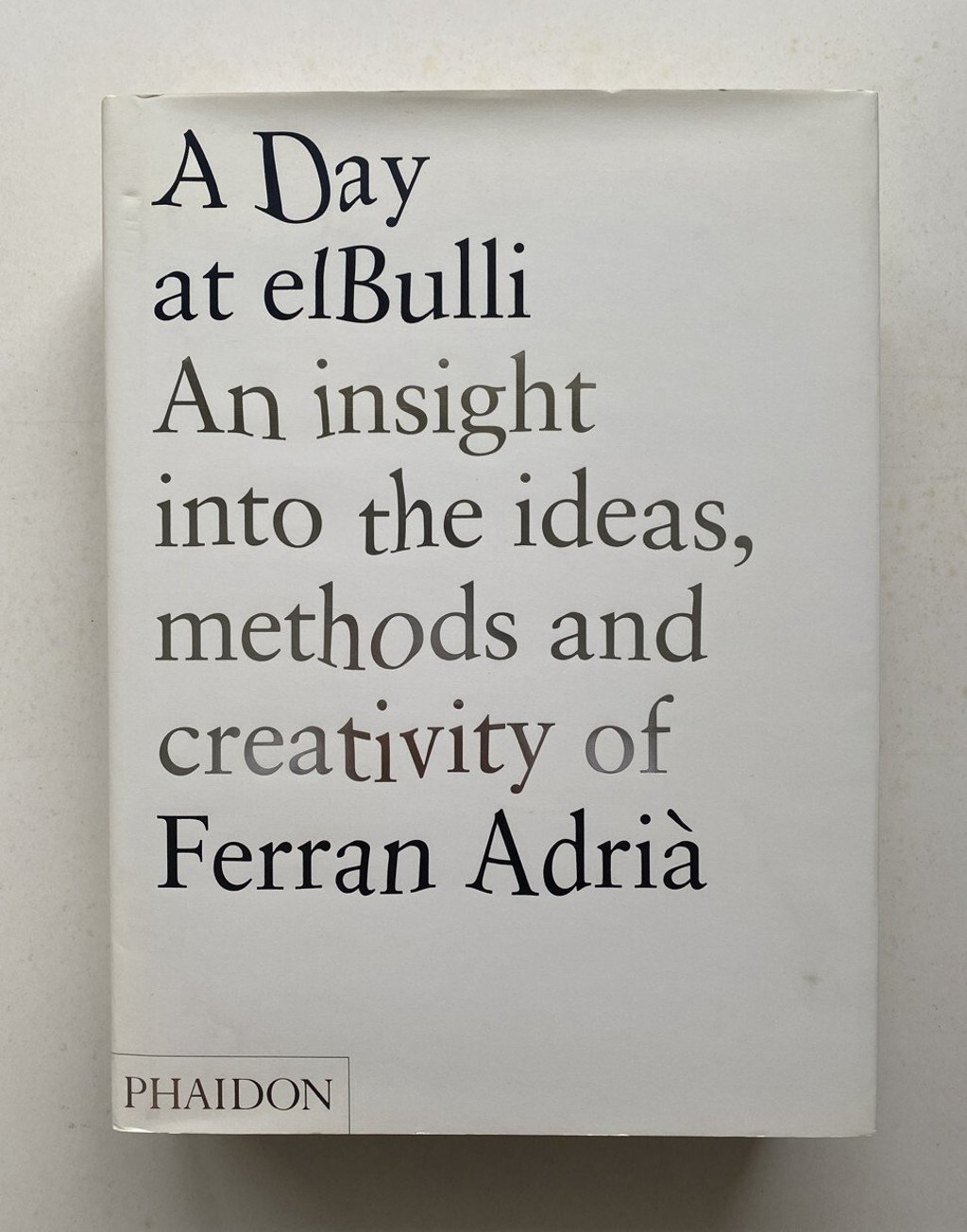A Day at elBulli: it might be closed, but the Spanish restaurant’s legacy lives on
- The book A Day at elBulli goes behind the scenes at the influential restaurant opened by molecular gastronomy chef Ferran Adria, which he shut in 2011
- There are recipes within, but it is unlikely any home cook will be making them

It wasn’t long ago – less than a decade – that elBulli was the destination restaurant for ardent foodies. As with so much else, part of the appeal of the place, tucked away in a gorgeous little spot in a national park on the Costa Brava, in Catalonia, Spain, was that it was so difficult to get into.
It was small (about 50 seats), open for only six months of the year, and opened its books for reservations for just a few days in October, when it received about two million email requests for the 8,000 seats available.
The restaurant closed in 2011 so that its chef, Ferran Adrià, and his brother, Albert, the pastry chef, could concentrate on other projects, including a research lab, museum, culinary encyclopaedia, and other restaurants.
But the myriad elBulli creations remain influential: every time you eat faux caviar, foam, air (lighter than foam), microwaved cakes and many of the other elements involving techniques developed at the restaurant’s research lab, it’s likely that the chef in the kitchen either staged (worked as an unpaid cook) at elBulli, or worked with someone who did.

A Day at elBulli (2008), subtitled “An insight into the ideas, methods and creativity of Ferran Adrià”, is not light bedtime reading. It’s more than 500 pages and weighs about 3kg. There are recipes within, but I doubt that any home cook will be making them – they are too involved, and often require specialised equipment or ingredients.